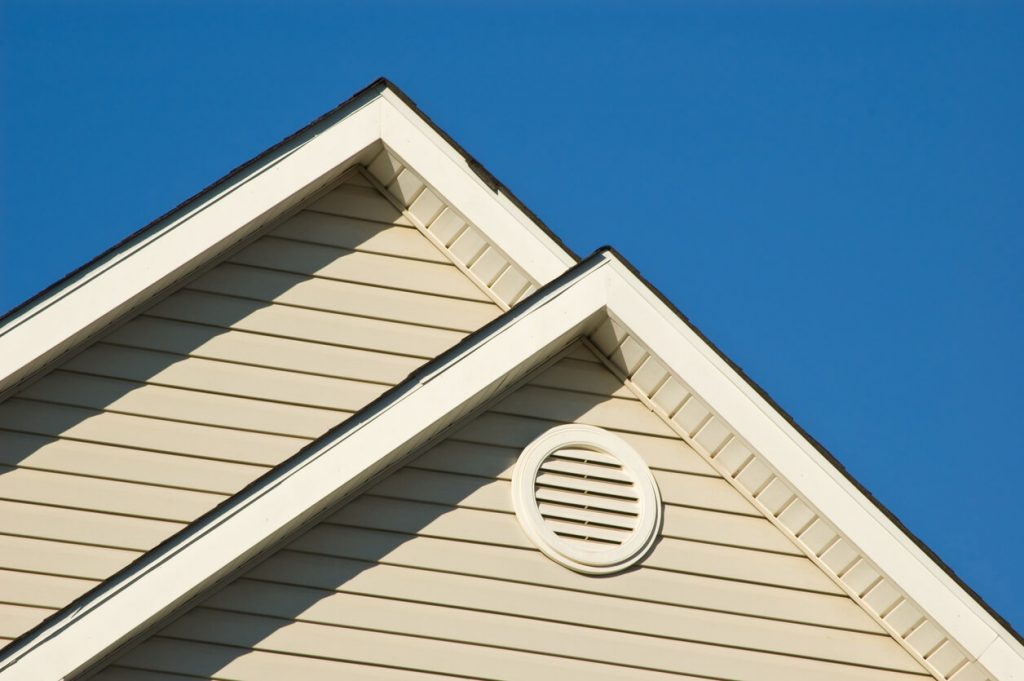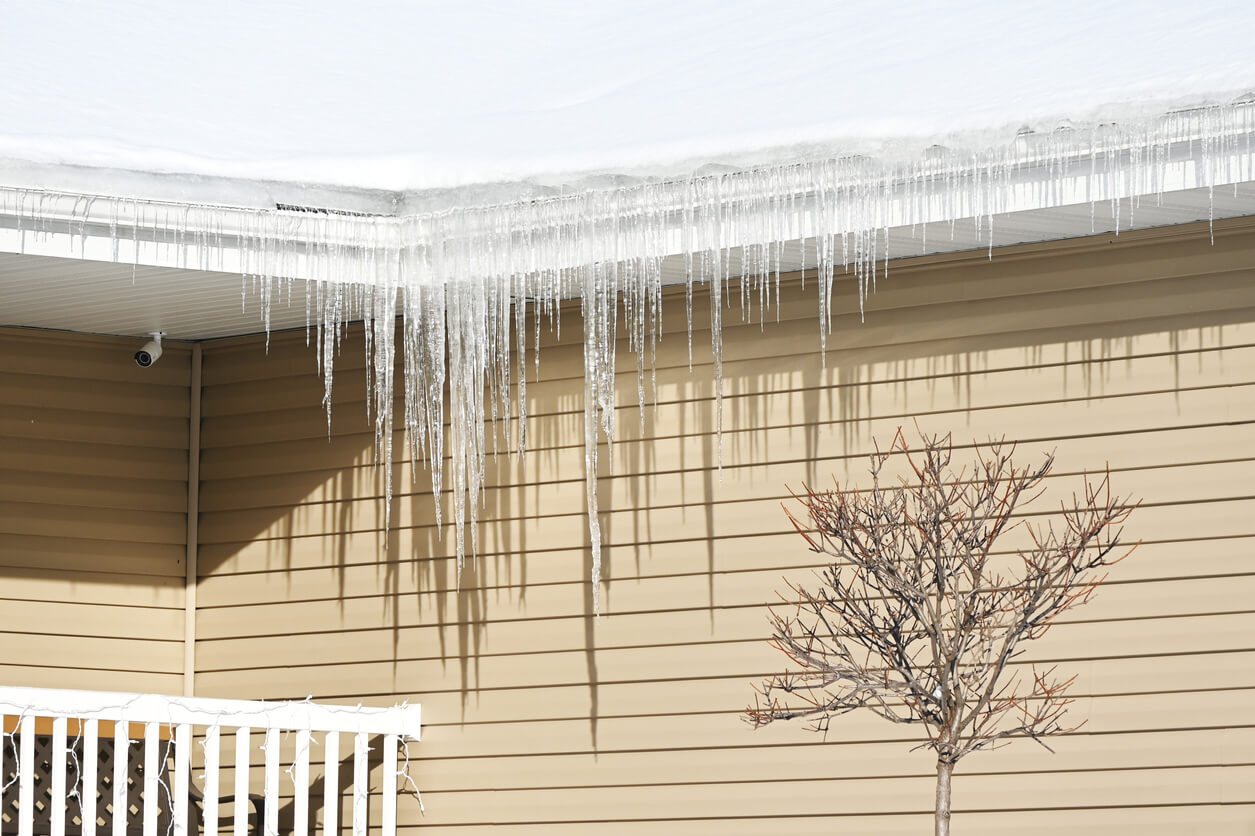
When it comes to keeping your attic cool and free of condensation, it requires proper ventilation. Not only that, but it also helps regulate temperature control in your home to make it energy efficient. There are many ways ventilation helps, not just with condensation, making it an essential part of roof maintenance and installation. Here’s a full, in-depth look at roof vents and why you should make sure yours are up to par this season.
Negative Effects of Condensation
Condensation can be a huge problem for your attic, causing mold and mildew to grow. This will also cause moisture damage to your home’s insulation. Roof vents are often overlooked when preventing condensation, but they’re an easy and inexpensive way to reduce the risk of getting moisture in your home.
Is Condensation Normal to Have?
Surprisingly, many homeowners tend to find condensation in their attic and nearby areas. It’s estimated that about 1 in 5 houses deals with this problem yearly. Some common signs of condensation include:
- Dampness throughout your attic or roof
- Water accumulation inside your roof tiles
- Water damage on your roof membrane
- Mold or mildew build-up
- Strange smells in your attic
How Roof Vents Help With Condensation
The purpose of roof vents is to regulate the temperature in your attic or roof space. The air will stay fresh as it circulates and reduces any risk of condensation. So, with this space keeping a moderate climate, intense temperatures cannot get inside and cause a build-up of moisture levels.
It Also Protects From Intense Heat
Not only do your roof vents help with moisture control, but they also ensure your roof doesn’t get too hot in the spring and summer. Properly installed roof vents can provide relief from excessive heat in the attic. Roof vents are designed to expel warm air out of an attic to circulate new, cooler air.
So, if it’s been a while since you last had your roof vents updated, our JM Roofing and Siding team is here to help!
Roofing Experts of Norwalk
Our team of experienced and professional roofing contractors looks forward to serving Connecticut residents’ roofing needs. We can thoroughly examine the roof, identify the underlying problem, and make the needed corrections. Homeowners who notice any preceding concerns are urged to contact us as soon as possible.

